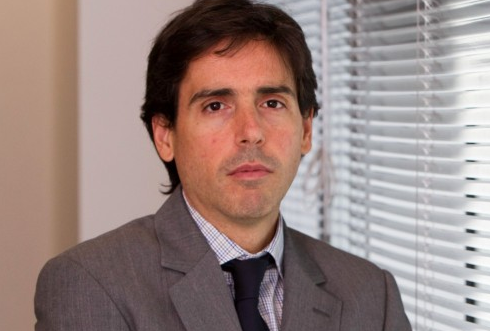Halcyon and Guggenheim Partners launch UCITs fund
| For Fórmate a Fondo | 0 Comentarios

Halcyon Liquid Strategies UCITS Management and Guggenheim Partners have launched the GFS Halcyon Liquid Opportunities Fund, an opportunistic catalyst-driven UCITS fund domiciled in Ireland.
Launched on the Guggenheim Fund Solutions platform, the Fund will utilise Halcyon’s investment expertise to identify public equities where there may be structural market inefficiencies or opportunities for asymmetric returns, and will employ strategies including long/short, relative value, liquid credit, and other strategies.
The Fund will offer weekly liquidity and will launch with more than USD40 million in capital. It will leverage the existing idea generation and investment expertise across Halcyon, an alternative investment firm founded in 1981 and managing approximately USD11 billion.
“We are pleased to partner with Guggenheim, offering Halcyon’s investment expertise to non-US investors in a liquid UCITS format,” says Kevah Konner, Co-Portfolio Manager of the Fund and Vice Chairman of Halcyon Asset Management LLC. Todd Solomon, Co-Portfolio Manager of the Fund, added, “We launched the Fund in response to demand for UCITS strategies that attempt to capture equity upside but limit the downside, and it is part of our growing liquid alternatives business, which was started in 2014 and now manages more than USD200 million.”
Guggenheim Fund Solutions (GFS) is focused on structuring and distributing alternative products that meet increasing demand for greater transparency and risk management, including in the thriving liquid alternatives market. GFS began operations with a focus on hedge-fund managed-account solutions and has expanded its capabilities to help managers access the surging demand for alternative UCITS funds. The GFS platform provides a full-service technology and risk management infrastructure to operate alternative UCITS funds and is able to leverage Guggenheim Partners’ global footprint.
“We launched our UCITS platform in 2014 with the objective of partnering with top-tier managers to bring exceptional investment management capabilities into the rapidly growing liquid alternatives space,” says Diego Winegardner, Senior Managing Director and Head of Guggenheim Fund Solutions. “We are very excited to be working with Halcyon, a premier alternative asset manager with a long successful history in the catalyst-driven space. The launch of our second alternative UCITS fund allows us to further expand our strategy mix and meet the diverse needs of our clients.”
The Fund will seek to deliver attractive risk-adjusted returns over the long term while attempting to limit drawdown risk through active hedging. Share classes are available in USD, EUR, CHF and SEK.









